
Charles II of Spain, known as the Bewitched, was the last Habsburg ruler of the Spanish Empire. Best remembered for his physical disabilities and the War of the Spanish Succession that followed his death, Charles's reign has traditionally been viewed as one of managed decline. However, many of the issues Spain faced in this period were inherited from his predecessors and some recent historians have suggested a more balanced perspective.
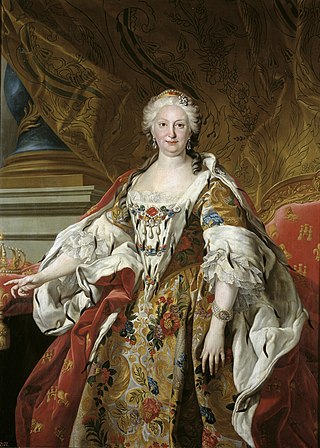
Elisabeth Farnese was Queen of Spain by marriage to King Philip V. She was the de facto ruler of Spain from 1714 until 1746 since she managed the affairs of state with the approval of her spouse, and is particularly known for her great influence over Spain's foreign policy. From 1759 until 1760, she governed as regent.

Fernando Álvarez de Toledo y Pimentel, 3rd Duke of Alba, known as the Grand Duke of Alba in Spain and Portugal and as the Iron Duke in the Netherlands, was a Spanish noble, general and diplomat. He was titled the 3rd Duke of Alba de Tormes, 4th Marquess of Coria, 3rd Count of Salvatierra de Tormes, 2nd Count of Piedrahita, 8th Lord of Valdecorneja, Grandee of Spain and a Knight of the Order of the Golden Fleece. His motto in Latin was Deo patrum nostrorum.

Marie Anne de La Trémoille, princesse des Ursins, was a French courtier and royal favourite known for her political influence, being a de facto ruler of Spain from 1701 until 1714. She spent most of her life as an agent of French influence abroad, at first in Rome, and then in Spain under the new Bourbon dynasty, followed by a final period at the exiled Stuart court in Rome. She played a central role in the Spanish royal court during the first years of the reign of Philip V, until she was ousted from the country following a power struggle with the new queen consort, Elisabeth Farnese.

John Joseph of Austria or John of Austria (the Younger) (Spanish: Don Juan José de Austria; 7 April 1629 – 17 September 1679) was a Spanish general and political figure. He was the only illegitimate son of Philip IV of Spain to be acknowledged by the King and trained for military command and political administration. Don John advanced the causes of the Spanish Crown militarily and diplomatically at Naples, Sicily, Catalonia, the Netherlands, Portugal, Dunkirk, and other fronts. He was the governor of the Southern Netherlands from 1656 to 1659. He remained a popular hero even as the fortunes of Imperial Spain began to decline. His feuds with his father's widow, Queen Mariana of Austria, led to a 1677 palace coup through which he exiled Mariana and took control of the monarchy of his half-brother Charles II of Spain. However, he proved far from the saviour Spain had hoped he would be. He remained in power until his death in 1679.
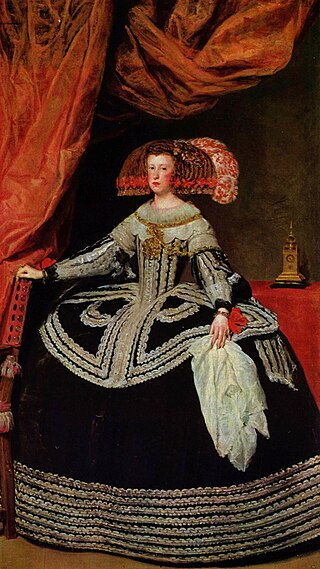
Mariana or Maria Anna of Austria, was Queen of Spain from 1649, when she married her uncle Philip IV of Spain, until his death in 1665. She was then appointed regent for their three-year-old son Charles II, and due to his ill health remained an influential figure until she died in 1696.

Álvaro de Luna y Fernández de Jarava, was a Castilian statesman, favourite of John II of Castile. He served as Constable of Castile and as Grand Master of the Order of Santiago. He earned great influence in the Crown's affairs in the wake of his support to John II against the so-called Infantes of Aragon. Once he lost the protection of the monarch, he was executed in Valladolid in 1453.

Fernando de Valenzuela, 1st Marquis of Villasierra, Grandee of Spain,, , who served as a trusted advisor and valido to Mariana of Austria, Queen Regent of Spain.

María Alfonso Téllez de Meneses, known as María de Molina, was queen consort of Castile and León from 1284 to 1295 by marriage to Sancho IV of Castile, and served as regent for her minor son Ferdinand IV and later her grandson Alfonso XI of Castile (1312-1321).
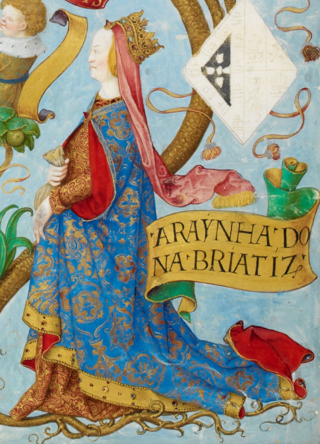
Beatrice of Castile, an illegitimate daughter of Alfonso X of Castile and his mistress Mayor Guillén de Guzmán, was the second Queen consort of Afonso III of Portugal.
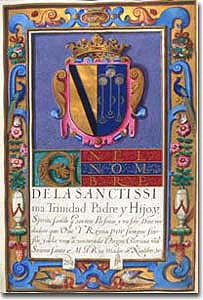
Cristóbal Gómez de Sandoval-Rojas y de la Cerda, known as the Duque de Uceda, but also titled second marquis of Cea, fifth marquis of Denia, and knight of the order of Santiago was the official minister of state, also known as the valido or valued one, for King Philip III of Spain. He engineered the exile of his father the Duke of Lerma, from the court, and his own succession to the position.
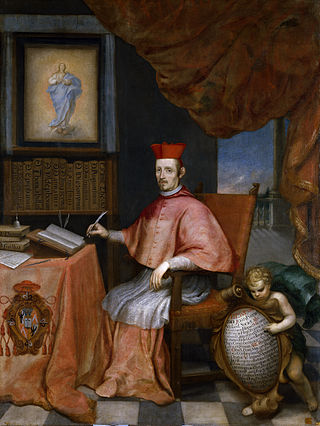
Juan Everardo Nithard was an Austrian priest of the Society of Jesus, confessor of Mariana of Austria, cardinal, and valido of Spain.

Pascual de Aragón y Córdoba was a Spanish nobleman and cleric. He served as Viceroy of Naples and as Archbishop of Toledo.
The Royal Household and Heritage of the Crown of Spain was the institution that governed the organization of the Royal Spanish Court from the time of the Habsburg dynasty, which introduced the so-called Burgundian etiquette, up to the reign of Alfonso XIII, great-grandfather of the current King of Spain, in all that regarded the structure of the Court as well as the ceremonial matters, etiquette and protocol.
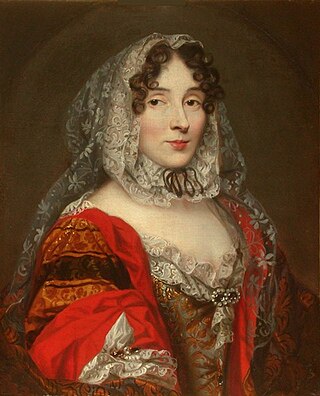
The Camarera mayor de Palacio was the Official of the Royal Household and Heritage of the Crown of Spain, who was in charge of the person and the rooms of the Queen of Spain.

Leonor de Castro Mello y Meneses was a Portuguese noble and court official, the IVth Duchess of Gandia, and the lady-in-waiting and close friend of the Empress regent Isabella of Portugal.

Surintendante de la Maison de la Reine, or only Surintendante, was the senior lady-in-waiting at the royal court of France from 1619 until the French revolution. The Surintendante was selected from the members of the highest French nobility.
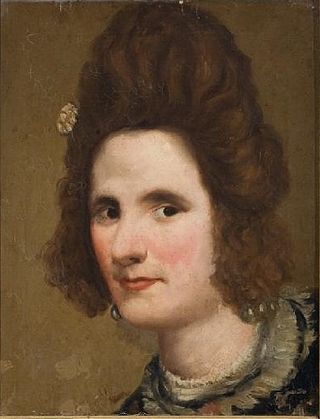
Inés de Zúñiga y Velasco (1584–1647) was a Spanish royal court official. She was married to Gaspar de Guzmán, Count-Duke of Olivares, lady-in-waiting to Margaret of Austria, Queen of Spain, Camarera mayor de palacio to Elisabeth of France (1602–1644) in 1627–1643, and a royal governess of Balthasar Charles, Prince of Asturias.
Luisa Enríquez Manrique de Lara (1603-1660), was a Spanish courtier. She was the lady-in-waiting to the queen of Spain, Elisabeth of France (1602–1644), and the aya to Maria Theresa of Spain.

Álvaro de Zúñiga y Guzmán(Encinas de Esgueva, 1410 - Béjar, 10 June 1488) was a Castilian nobleman, member of the influential House of Zúñiga, of Navarrese origin. He was one of the most powerful men in Castile, as evidenced by his numerous titles and the offices he held, and was involved in much of the kingdom's most important political and military events, notably in the various conflicts between the nobility and the candidates for succession to the throne that would culminate in the War of the Castilian Succession and that would only calm down with the final recognition of the Catholic Monarchs, whom he initially opposed but eventually supported.

















